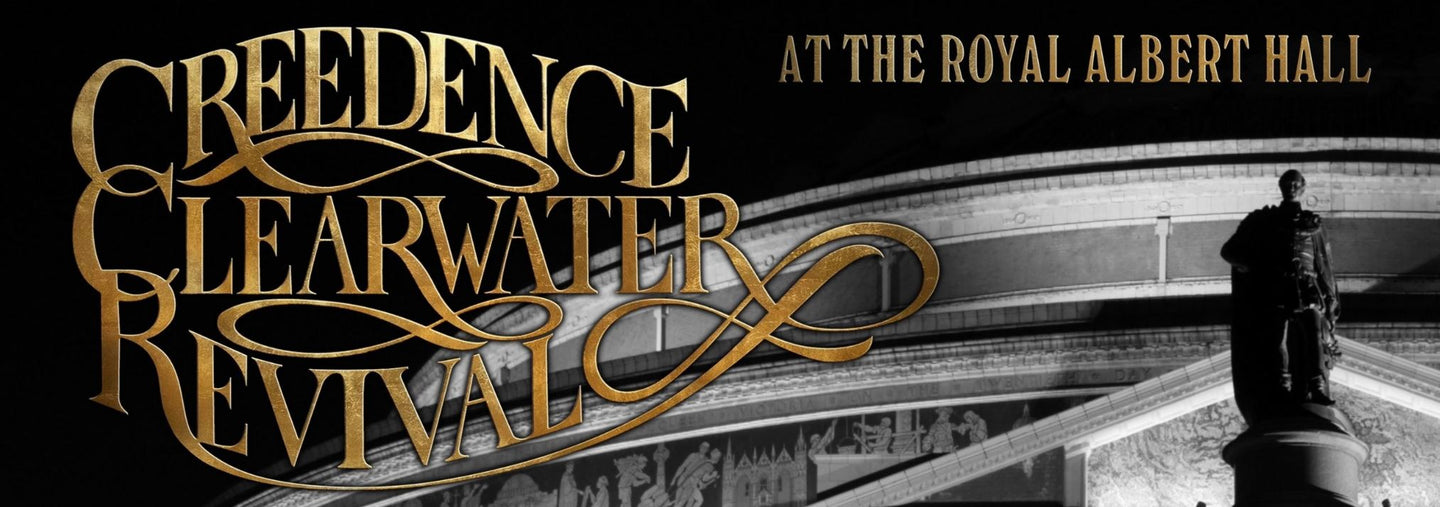Creedence Clearwater Revival
Creedence Clearwater Revival grew into a wildly popular rock band in the late 1960s. Singer and guitarist John Fogerty later launched a solo career.
Creedence Clearwater Revival's success in the late 1960s was immense, but it had a long history. John Fogerty, drummer Doug Clifford, bassist Stu Cook, and guitarist Tom Fogerty—John's older brother—had been playing together since the late 1950s. They initially called themselves The Blue Velvets, then changed to The Golliwogs, and finally settled on Creedence Clearwater Revival in early 1968. That same year, their self-titled debut album was released. The band still relied heavily on the work of others. CCR—as the band's name would often be abbreviated—scored their first hits with covers of "Suzie Q" (known for Dale Hawkins) and "I Put A Spell On You" (Screaming Jay Hawkins). However, the band's characteristic sound was immediately apparent: the stripped-down playing, John Fogerty's powerful, husky vocals, and influences from soul, blues, country, and rock, which clearly distinguished CCR from the prevailing psychedelia.
In 1969, the band exploded creatively. Within a year, they released no fewer than three studio albums: Bayou Country, Green River, and Willy and the Poor Boys, all classics in the genre that would later be called roots rock. Although the band still relied on covers, the albums above all demonstrated how quickly John Fogerty had developed as a songwriter. "Proud Mary"—covered by Ike and Tina Turner—"Bad Moon Rising," "Green River," "Down on the Corner," and "Fortunate Son" are among the best songs American pop music produced in the late sixties.
The downside of this enormous productivity was that it completely exhausted the band. Creedence Clearwater Revival did perform at the legendary Woodstock Festival in August 1969, but John Fogerty refused to release the recordings for the film or the soundtrack because he felt the band had performed subpar. They would not officially see the light of day until 50 years later, as Live At Woodstock. The live double album Live In Europe had already been released in 1973. After two more studio albums, Cosmo's Factory (1970) and Pendulum (1970), Tom Fogerty left without a trace, followed by the uninspired swan song Mardi Gras (1972). Shortly after, CCR disbanded for good.
As expected, it was John Fogerty who returned with a successful career under his own name. He delivered a beautiful, unique oeuvre with The Blue Ridge Rangers (1973), John Fogerty (1975), Centerfield (1985), Eye of the Zombie (1986), Blue Moon Swamp (1997), Deja Vu All Over Again (2004), Revival (2007), The Blue Ridge Rangers Rides Again (2009), and Wrote a Song for Everyone (2013). The long breaks between albums were partly caused by lawsuits with his former bandmates and record executives. When the band was inducted into the Rock 'n Roll Hall of Fame in 1993, everyone was present, with the exception of Tom Fogerty, who died in 1990, but the relationship didn't allow for any joint performances. In recent years, the relationship seemed to improve, but those involved felt it was "too late" to tour together again.
At Platenzaak.nl we have a huge selection of Creedence Clearwater Revival CDs and LPs, including exclusive editions.


























